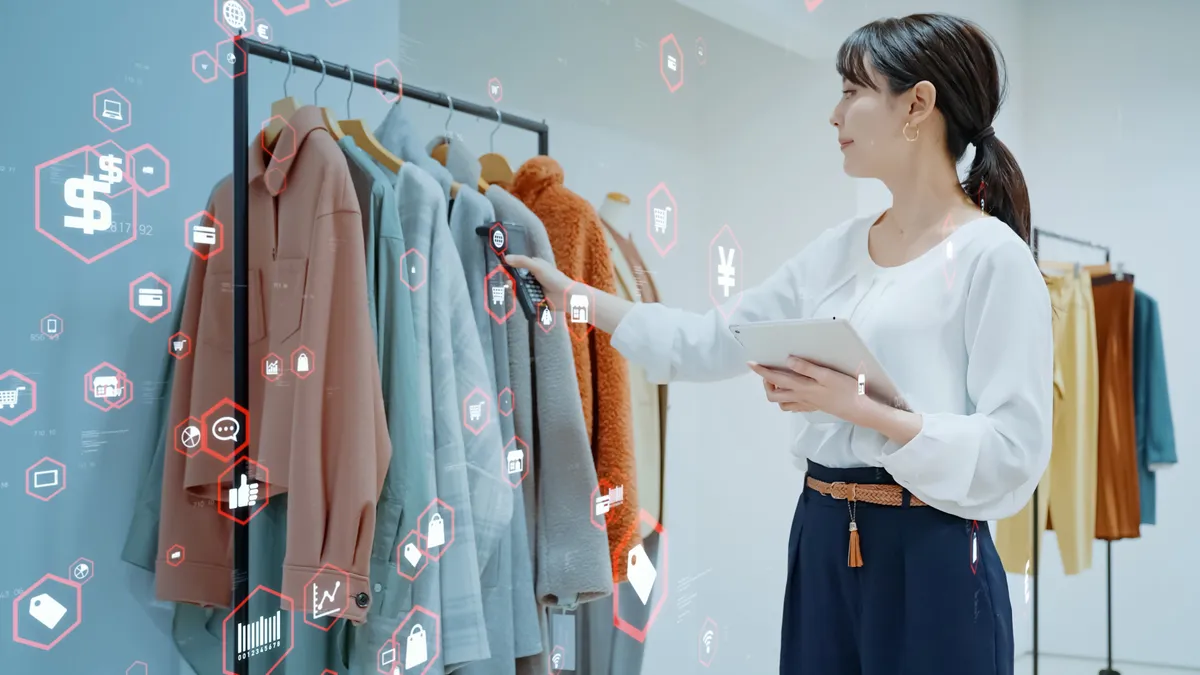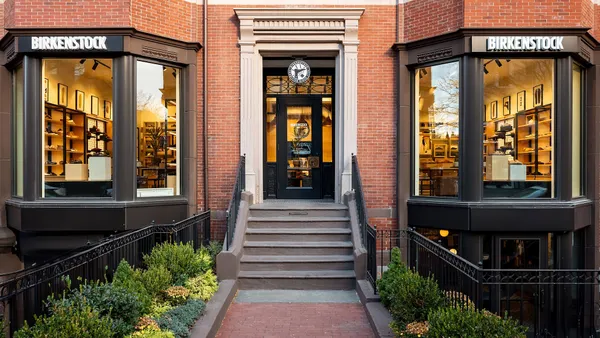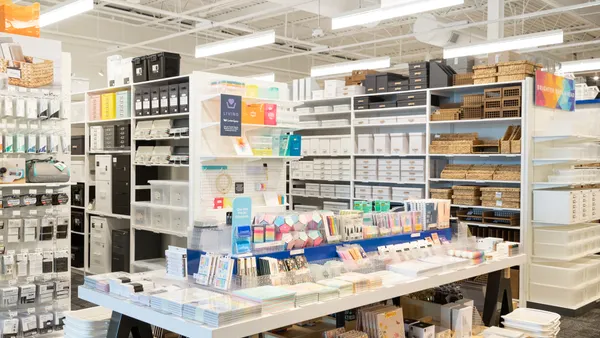2020's events brought sweeping change to the entirety of the retail landscape. Early in the year, unexpected store closures and the sudden shift to e-commerce enabled retailers that had already invested in technologies to facilitate online shopping and fast, reliable delivery to pull far ahead of their less-prescient competitors. Then, a wave of pent-up consumer demand sent consumers rushing back to stores, eager to spend the money they'd saved during the pandemic. But when shoppers returned, they had different expectations for online and in-store experiences than they'd had in 2019.
Retailers hoping to win and retain these customers' loyalty must build an underlying technology foundation that will make agility and innovation possible – both online and in brick-and-mortar stores. As growing numbers of retailers realize that first-generation multi-tenant cloud platforms don't provide the degree of customizability and control needed to support the requisite operational flexibility, they're increasingly turning to cloud-native solutions.
Taking a cloud-native approach will be the key to building a winning technology strategy for retailers in 2022 and beyond. It’s what will allow them to keep pace with lightning-fast shifts in consumer demand in a marketplace where change is the only constant.
Gain Innovation Momentum
If there's one lesson that retailers learned in 2020, it's that accelerating innovation velocity is vital for brands that want not only to survive but to thrive in a world of rapidly-transforming consumer expectations. Leading retailers need to be able to act quickly on new ideas to set themselves apart from competitors. They must be ready to adapt to unanticipated changes in market conditions – and be able to do so at a moment’s notice. The greatest success will come to those able to think up a new idea in the morning and go live with it that afternoon.
Organizations dependent upon legacy technology architectures find that innovating at this pace is simply impossible. And migrating applications to the cloud — in and of itself — isn't enough to solve the problem. Sure, the cloud provides near-infinite resources, including unlimited processing power and storage capacity as well as the ability to scale on demand. But cloud adoption must be accompanied by the right process improvements and technological advances (also adopting containers and Kubernetes, for instance), if a retailer is to realize its full value and promise.
"For today's retailers, the ability to take ideas and turn them into tangible solutions, and then deploy those solutions really quickly into an e-commerce environment is of the utmost importance," says Martin Tavener, Chief Technology Officer for HCL Commerce EMEA. "Second generation cloud capabilities are what make this possible. These include new cloud-native technologies, but also advances in DevOps that enable the full automation of testing and deployment so that you can go from having an idea, to building out a concept, to going into development, to system testing, and taking it all the way into production in less than a day — a tiny fraction of the time this process used to take."
Scale to Keep Pace with Demand
Retail demand has long followed a seasonal pattern that included peaks and valleys, with large fluctuations between them. The behavior of today’s consumers is even more volatile, however. An unexpectedly successful product placement, a few words of praise from a digital influencer or an effusion of social media chatter: all these things can bring about an unexpected spike in traffic and sales.
Because cloud-native architectures are automatically scalable, you no longer need to plan for peak season months in advance. Instead, you can leverage cloud-native’s inherent capabilities to scale services to meet demand on the fly. And with automatic horizontal scaling, it's effortless to handle growth in traffic and conversions, even if you didn’t anticipate it. Need more infrastructure? It’s possible to add server capacity in mere minutes, not the hours or even days it used to take.
Must-Have Capabilities for Brands Competing on Experience
Today's consumers expect far more from retailers than they did before the pandemic. From mobile POS and contactless payments to seamless browsing across multiple channels, shoppers are looking for easy, convenient, frictionless experiences, and they’re ready to embrace the brands that provide them. And they're quick to abandon those that don't.
Cloud-native technologies provide the capabilities that retailers need to create these kinds of customer experiences. With a cloud-native backend, you have the core technology foundation you need to expose services that can be consumed on whatever channel or device the customer wants to use. With this common service layer, you can create mobile, web and even POS applications that seamlessly share data to provide consistent, seamless experiences.
"Anything a retailer can do to reduce the amount of time checkout takes, or speed the process of finding the product a customer is looking for will benefit them," says Tavener. "Cloud-native commerce platforms enable mobile POS adoption, but they also make it possible to create seamless experiences that flow from mobile device to desktop and back. This is a critical enabler for retail businesses."
Unlike first-generation cloud platforms, cloud-native architectures are highly customizable. This makes it possible to make an individual retailer stand out from the competition — an essential quality for brands competing on experience.
With all the advantages of first-generation cloud, as well as a number of new benefits, cloud-native represents a best-of-both worlds approach. You can take full advantage of the cloud’s convenience — and ease of implementation and management — without sacrificing control. And because you maintain full control over the platform, you get to choose exactly how you extend it to enhance customer experience. And it's always ready for experiments, even if you’re thinking in radically new and different ways.
"Retailers have always been innovators," Tavener adds. "But technology wasn’t always enabling them to do it at speed. In the past, it was slowing down the rate at which innovations could be realized or brought to market. Now, cloud-native is bringing down those barriers all at once."
Get a free copy of the Forrester Report on The Future of Digital Engagement. https://www.hcltechsw.com/commerce/forrester-report










